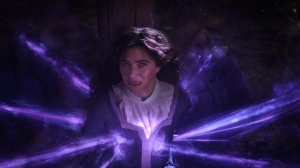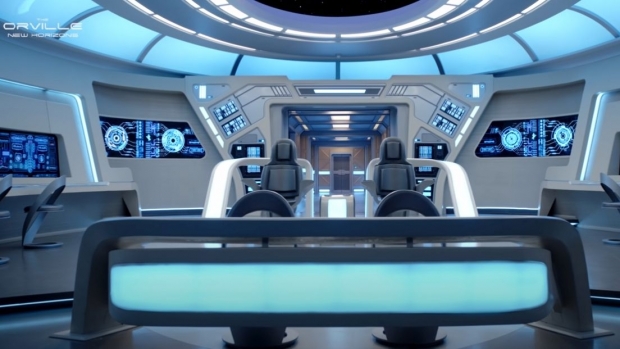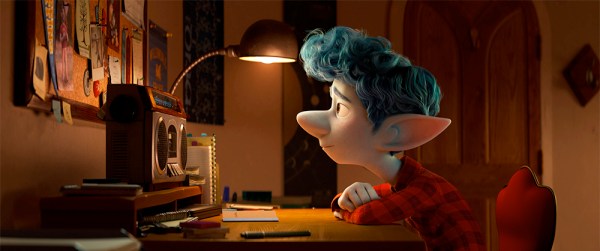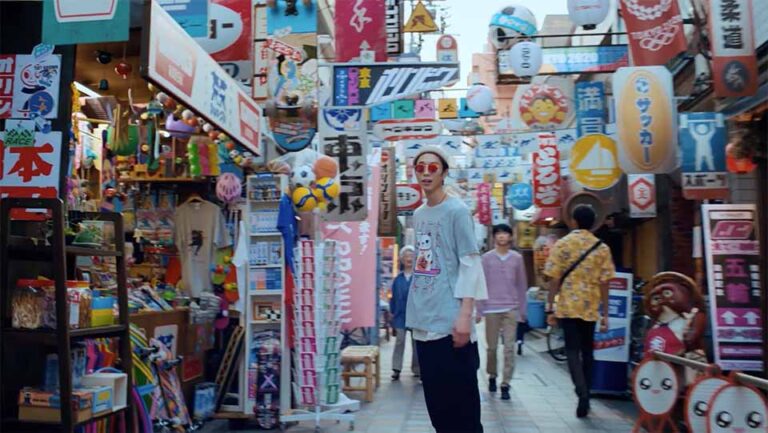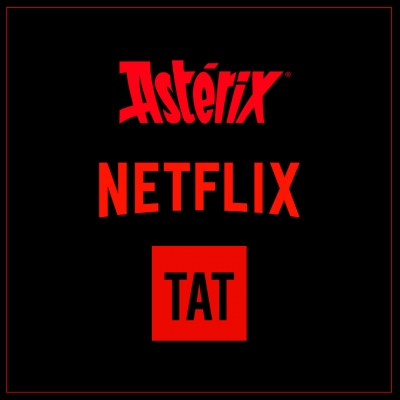MR. X VFX supervisor Ralph Maiers and his team recently wrapped up a 10-month stint on Marvel Studios’ and Disney+’s hit series, Wandavision. He shared some of the details of their work on scenes from Episodes 108 and 109, some of the most critically revealing and long-awaited of the show, when friendly good neighbor Agnes/Agatha (played by Catherine Hahn) reveals her true identity and dark past.
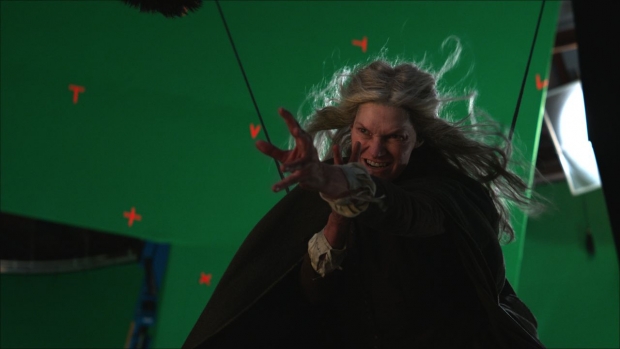
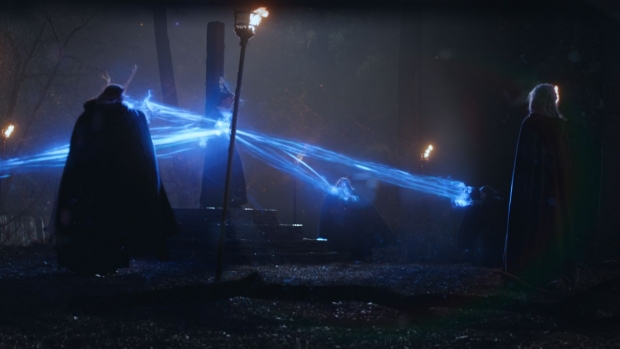
“The sculpts on the models were ranging in the 100 million poly count,” he continues. “So, the scenes were rendered in separate layers for efficiency. The Coven environment was LiDAR scanned by the production. The MR. X environments team decimated the mesh and simplified the geo to create something that would support the level of detail we required. These scans are often 100s of millions of polygons and often they need to be imported as individual slices and then assembled into simplified forms for reflection maps and environmental lighting purposes. The ground was separated and utilized as the anchor points for our witch positions and light rigging.”
According to Maiers, “Both Coven sequences in EP’s #108 and #109 were a creative and technical challenge for the studio and team. The sequences involved match moving up to nine animated doubles and creating large caches of particle FX in Houdini. The cache sizes and volumes were carefully controlled by the team to keep these large scenes from being un-manageable. The particle cache sizes ranged in the 120 million to 150 million, so balancing scene detail and overhead was a priority.”
Noting the design challenge faced in finding the middle ground between “horror” and the more balanced Marvel universe, the VFX supervisor adds, “The Agatha dark tendrils where carefully developed by our 3D lead Erik Rasmussen and our CG supervisors Jin Cheng and Michele Alessi. The brief was to push the dark tendrils into a creeping enveloping substance that absorbed the other witch’s ethereal emissions.”
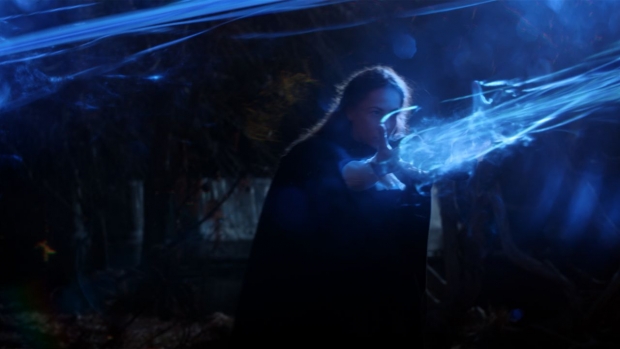
At an April kickoff meeting, VFX supervisor Tara DeMarco showed MR. X the Walter Donavon sequence from Indiana Jones and the last Crusade to use as reference for their sequences. “This ‘Mummification’ or ‘Desiccation’ was the basis for our witch withering look,” Maiers explains. “The mood and tone of the scene was defined as dark and scary but not too dark for our family friendly audience.”
MR. X spent 8 months working on the R&D and scene development. “From concept to final FX, the desiccation took us through the refinement of the withering limbs and faces,” he continues. “The culmination of all the witches attacking Wanda in the EP #109 Coven sequence was a fast-paced rush to the finish. MR. X employed up to 55 matchmove personnel and a similar number of rotoscope artists to achieve the timeline needed.”
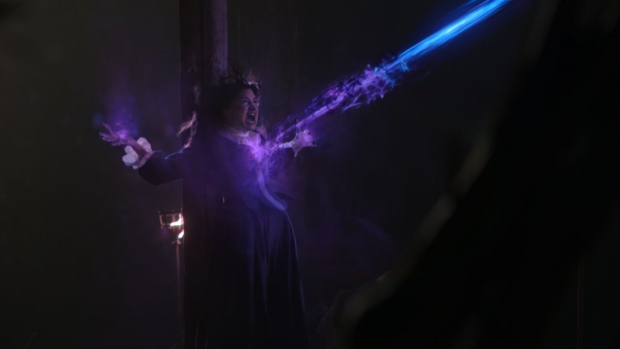
The initial project brief was to produce test shots for the “Coven” sequence that MR. X was ultimately awarded. Subsequent testing involved concept design and R&D lookdev for the mystical magic tendril beams and desiccating witches for the Coven battle of the series’ Episode 109 finale.
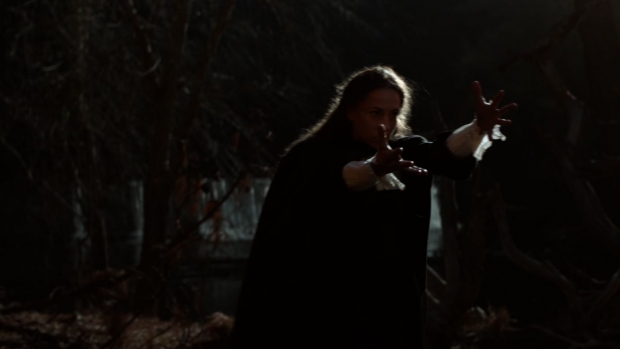
“Matt and Tara where careful to simplify the color palette so this was very clear,” Maiers says. “Our compositing team in Bangalore, led by Bhavik Mehta, worked to develop differences in opacity, texture, and variance in speed to help tell that very important Agatha moment. Her magic absorbing others power and making it succumb to her will is the key to her origin story, and the fulcrum for the WandaVision story arc.”
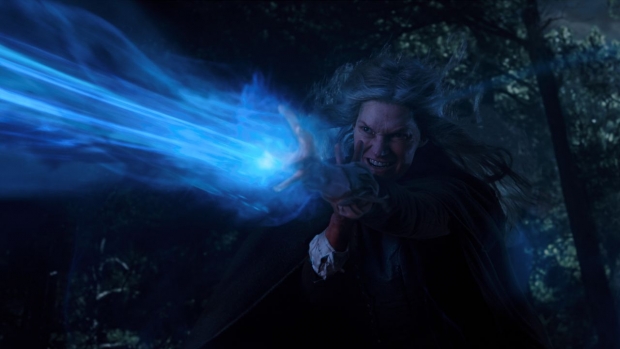
Summing up MR. X’s work on the series, Maier says, “The team worked closely with show side supervisors Tara DeMarco and Sandra Balej on both the development and design of the magic interactions. The studio was a joy to work with and very open to the creative process in development of ideas and elements that opened the magic realm of the Coven environment. I personally enjoyed the EP #109 sequence – the desiccated witches attacking Wanda. The accomplishment is understated but a personally satisfying triumph.”
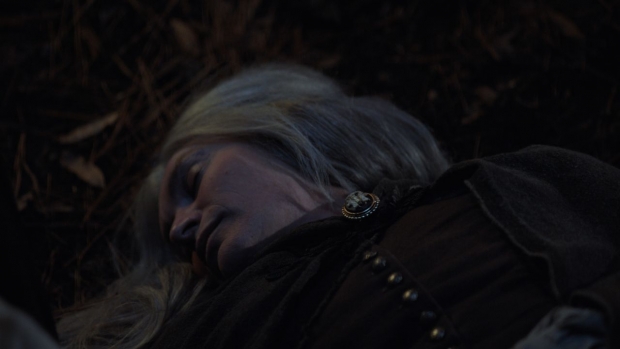
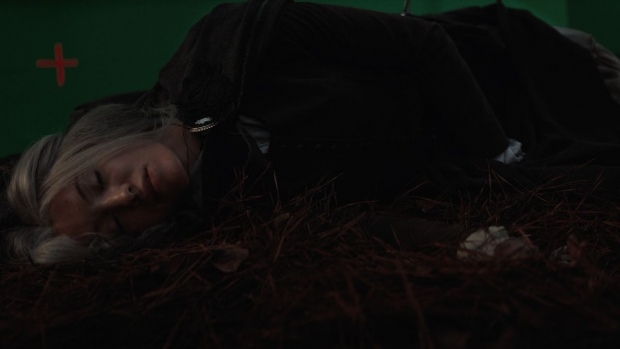
Initial designs created by MR. X concept designer Gaetan Borneuf were well received by the production side team, including director Matt Shakman. Maiers used those concepts as his team’s initial guide, developing the design multiple times as the briefs where adjusted. “The concept designs helped us navigate the emissive tendrils lookdev while we worked away technically in FX to achieve those visual goal posts,” he notes.
He also notes the technically challenging scene scale and complexity of the Coven and the witches’ emissive magic powers. “The size of the scenes and the individual layers of FX were the most demanding part of these sequences,” he reveals. “The look development and attention to detail in the lighting and render were some of the more subtle but sophisticated elements of the sequences.”

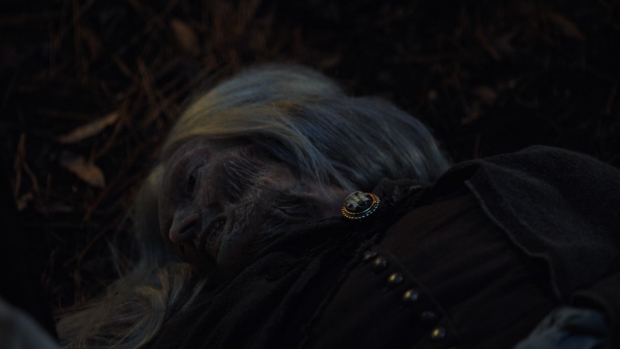
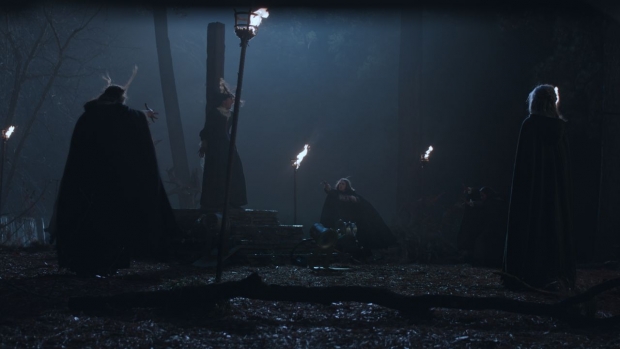
Dan Sarto is Publisher and Editor-in-Chief of Animation World Network.
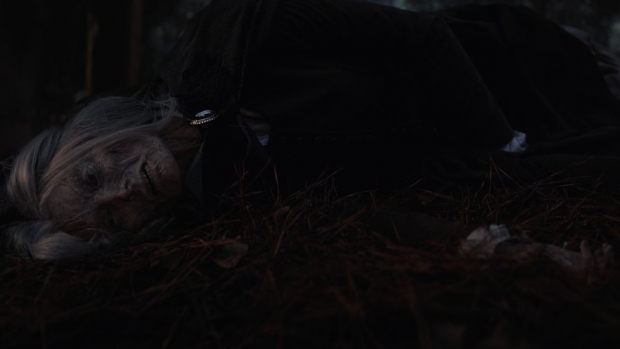

As far as tools, Maier points out that Alessi and Joan Panis repurposed an older pipeline cache re-scaler to assist with re-times for the show. “This was a very important bit of software tech that helped us keep up with the editorial re-times as they were adjusted in the developing sequence,” he says. “The cache re-timer allowed us to adjust animation cache for our characters to match slo-mo or speed up shots without going back to the animation department.”
